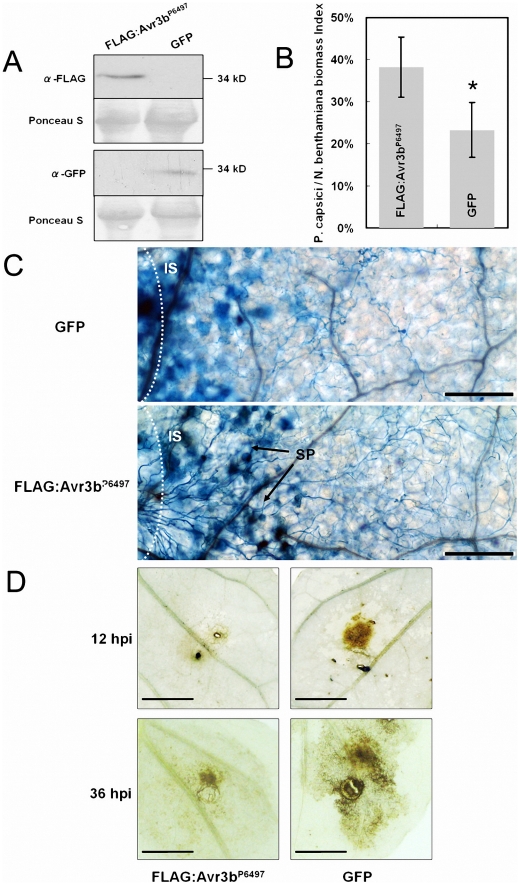Figure 3. Expression of Avr3bP6497 in N. benthamiana increased Phytophthora susceptibility and suppressed ROS accumulation.
(A) Western blot assay of Avr3bP6497 and GFP protein levels in N. benthamiana leaves following Agrobacterium-mediated transient expression. Anti-FLAG monoclonal antibody was used to detect levels of FLAG-tagged Avr3bP6497 protein. Anti-GFP monoclonal antibody was used to detect GFP protein levels. (B) Real-time PCR measurement of pathogen and plant DNA ratios was used to determine P. capsici biomass in infected plant tissues following Agrobacterium-mediated transient expression of FLAG-Avr3b or GFP. Nicotiana benthamiana leaves infiltrated with Agrobacterium carrying different constructs were grown in a greenhouse for 48 hours then inoculated with agar plugs containing P. capsici mycelium. DNA from P. capsici infected regions was isolated at 36 hpi. Real-time PCR employed primers specific for the N. benthamiana and P. capsici actin genes. Statistical analysis was performed by the Wilcoxon rank sum test (asterisk indicates p<0.01). Bars represent standard errors from 6 replicates (two technical replicates each from three biological replicates). (C) Photomicrographs from P. capsici infected regions. Leaf regions transiently expressing Avr3bP6497 or GFP, and inoculated with P. capsici for 16 hours, were stained with trypan blue. Bar = 2.5 µm. IS: inoculation sites, SP: sporangia. (D) ROS generation during P. capsici infection following Avr3bP6497 or GFP transient expression in N. benthamiana leaves at 12 hpi (upper panel) and 36 hpi (lower panel). Leaves were stained with DAB. Bar = 5 mm. Typical results are shown from 4 replicates.

